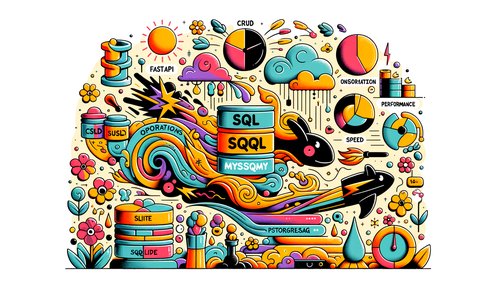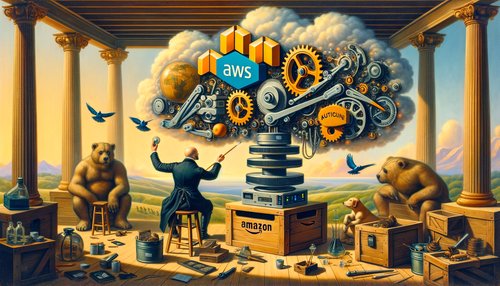Unlock the Power of Serverless Computing with AWS Lambda
AWS Lambda is an event-driven, serverless computing platform from Amazon Web Services (AWS) that allows developers to quickly and easily create and deploy applications without having to manage servers. With AWS Lambda, developers can focus on creating code and deploying applications without having to worry about infrastructure management.
AWS Lambda is a compute service that lets you run code without provisioning or managing servers. AWS Lambda executes your code only when needed and scales automatically, from a few requests per day to thousands per second. You pay only for the compute time you consume - there is no charge when your code is not running.
AWS Lambda is well-suited for a variety of use cases, such as web and mobile backends, data processing, IoT, and more. It can be used to quickly build and deploy applications that can be triggered by events, such as an API call or a file upload.
To get started with AWS Lambda, you need to create a Lambda function. A Lambda function is a piece of code that runs in response to an event. The code can be written in any of the supported languages (Node.js, Python, Java, C#, and Go).
Once the Lambda function is created, it can be triggered by a variety of events, such as an API call, a file upload, or a message from an Amazon Kinesis stream. The Lambda function can be configured to perform various tasks, such as processing data from an external source, triggering a notification, or sending data to an analytics platform.
To help you get started, AWS provides a number of sample Lambda functions in the AWS Lambda console. You can also find sample code snippets in the AWS Lambda Developer Guide.
Here is a sample Lambda function written in Node.js that prints "Hello World" to the console:
exports.handler = async (event) => {
console.log("Hello World");
return "Hello World";
};
Once the Lambda function is created, it can be triggered by a variety of events, such as an API call, a file upload, or a message from an Amazon Kinesis stream.
With AWS Lambda, developers can quickly and easily create and deploy applications without having to manage servers. This makes it a great tool for quickly building and deploying applications, and for automating tasks. So start unlocking the power of serverless computing with AWS Lambda today!
Recent Posts

Unlocking the Power of Terraform: Mastering Conditional Expressions for Smarter Infrastructure Automation

Unveiling the Future: Navigating the Public Interface of Apache Airflow for Streamlined Workflow Management
Apache Airflow
Mastering Workflow Automation: Unconventional Apache Airflow How-To Guides for the Modern Data Enthusiast
Apache Airflow
Mastering the Cloud: Unveiling AWS CloudFormation Best Practices for Seamless Infrastructure Management



